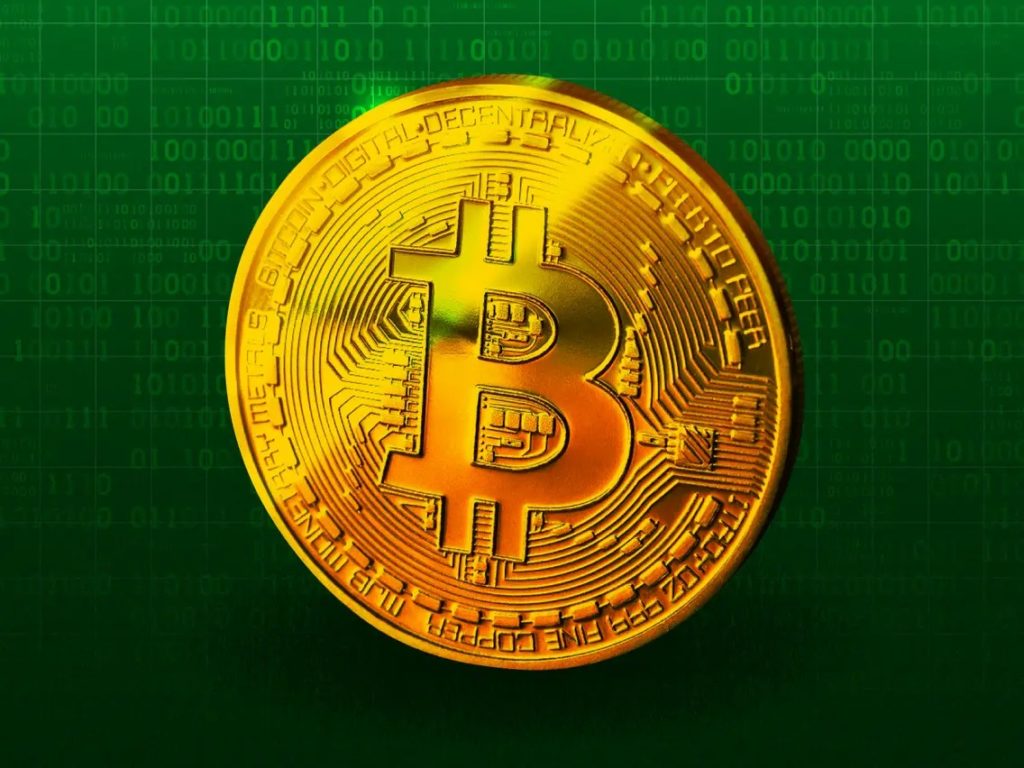Over the years cryptocurrency has gained significant attention and you might have come across the term without fully understanding it. So what is cryptocurrency? In terms it’s an virtual form of currency that relies on cryptography for security. What does that really mean? Lets delve into the fundamentals of cryptocurrency, including blockchain, private keys, transactions, crypto wallets and why terms like on ramp and off ramp are used to buy and sell.
Blockchain serves as a ledger that securely records transactions across multiple computers. This technology plays a role in cryptocurrencies by storing every transaction made within their network. Whenever you engage in a transaction using cryptocurrency or receive it as payment that specific transaction gets stored in a block on the blockchain. Furthermore all other nodes in the network receive a copy of the block. As a result tampering with the transaction history becomes exceedingly challenging.
In cryptocurrency transactions involving money systems banks often facilitate smooth exchanges. However when it comes to cryptocurrencies there is no involvement of banks or intermediaries. Instead the miners supporting the blockchain network verifies the transactions using equations to ensure its validity and authenticity. The verification process relies on keys, which act as codes granting access, to your cryptocurrency. Similar to a password it is crucial to keep your secret at all times. These keys are used to sign transactions providing proof that the rightful owner of the cryptocurrency is sending it. Without a key accessing your cryptocurrency becomes impossible; hence safeguarding it is of importance.
When engaging with cryptocurrency you will require a cryptocurrency wallet — a software application designed for storing and managing your assets. It functions similarly to a bank account. Specifically tailored for cryptocurrencies. Cryptocurrency wallets come in types, such as hot wallets (connected online) and cold wallets (offline).
Lastly you might have come across terms like “on ramp” and “off ramp” when discussing cryptocurrencies of the buy” and “sell”. Cryptocurrency is not widely accepted by merchants yet due, to its concept. As a result terms like “on ramp” and “off ramp” are used to describe the process of converting money (fiat currency) into cryptocurrency and vice versa.
Cryptocurrency Exchanges
Centralized Exchanges (CEXs)
When it comes to cryptocurrency exchanges, exchanges (CEXs) are platforms that allow users to buy, sell and trade cryptocurrencies in a centralized manner. These exchanges function similarly to stock exchanges. Are managed by entities such as Coinbase, Binance and Kraken. To use a CEX users need to create accounts, deposit either cryptocurrencies or fiat currency, place orders and execute trades.
One advantage of using CEXs is their trading volume which results in liquidity. Additionally CEXs provide access to cryptocurrencies along, with user friendly interfaces and advanced trading tools like margin trading. However keep in mind that fees are charged for each trade which usually amounts to a percentage of the transaction value.
Decentralized Exchanges (DEXs) Market
Decentralized Exchanges (DEXs) are platforms built on technology that enable peer- to-peer (P2P) trading of cryptocurrencies without the need for intermediaries. DEXs represent a progression in P2P trading utilizing blockchain and smart contracts to establish trustworthiness in trading. Examples of DEXs include automated market makers like Uniswap and SushiSwap as order book DEXs such as 0x and Loopring.
One of the advantages of DEXs is their enhanced privacy and security since they eliminate the involvement of intermediaries in the trading process. However it’s important to note that liquidity levels can vary significantly among DEXs and they may not offer the range of trading pairs or advanced tools available on centralized exchanges (CEXs).
Peer to Peer (P2P) Exchanges
Peer to Peer (P2P) Exchanges facilitate trade between users by enabling them to negotiate prices and choose payment methods. Notable examples of P2P exchanges include LocalBitcoins and Paxful. While P2P exchanges may carry risks they offer increased decentralization by eliminating the need for trust in intermediaries.
DEXs as an Evolution of P2P
DEXs can be viewed as a progression, from P2P exchanges incorporating the benefits provided by blockchain technology and smart contracts to establish trustless trading mechanisms.However the future of decentralized exchanges is uncertain as there is a growing popularity, in exchanges that combine elements of both decentralized trading. It remains to be seen whether decentralized exchanges will become obsolete or if they will continue to play a role in the cryptocurrency trading ecosystem.
Over-the-Counter (OTC) Desks
Another type of trading service called Over the Counter (OTC) Desks has been specifically created for high volume traders and institutional investors who prefer off exchange transactions for trades. OTC brokers offer personalized secure solutions to execute cryptocurrency trades while minimizing their impact on the market. These brokers possess expertise in risk management and liquidity which helps them reduce slippage and counterparty risks for their clients. Furthermore OTC brokers conduct vetting processes for buyers and sellers ensuring regulated execution of large cryptocurrency trades. In addition to these advantages OTC desks provide tailored trading experiences that include access to liquidity for trades. They also comply with standards prioritizing adherence to compliance regulations. Overall OTC desks present an option for executing large cryptocurrency transactions while maintaining discretion and following regulations.
OTC desks are favored by individuals and institutions who value privacy, discretion and effective risk management. These desks provide service and vet buyers and sellers.
Alternative Methods
Purchasing a Paper Cryptocurrency Wallets
A paper cryptocurrency wallet is an offline storage solution that safeguards assets, from online vulnerabilities. It consists of a key, usually in the form of a QR code, which can be stored physically or digitally. It is crucial to keep the key only accessible to the wallet owner to ensure the cryptocurrencys security.
To utilize a paper wallet users typically transfer cryptocurrency from the paper wallet to their wallet for management. This transfer process involves scanning the QR code or manually entering the key. Paper wallets are widely embraced for storage as they offer heightened protection against hacking and other online vulnerabilities.
Using Cryptocurrency ATM;
A cryptocurrency ATM, also known as a Bitcoin ATM is a kiosk that allows users to buy or sell cryptocurrencies using cash or traditional payment methods. The process entails identity verification, by the user selecting a transaction type choosing the desired cryptocurrency entering details and completing the payment.
To buy cryptocurrency from an ATM users must have a cryptocurrency wallet to receive the coins they purchase.
Buying Crypto Gift Cards (Vouchers);
Crypto gift cards or vouchers are prepaid slips that can be exchanged for an amount of cryptocurrency. They are sold by retailers or online platforms. Usually become active within a time, after purchase. Unlike paper wallets gift cards don’t contain a key. Instead they provide a receipt through an online service.
Crypto gift cards make it easy for users to give cryptocurrency as gifts or buy assets without needing an exchange account. However users should keep in mind the activation period. Ensure they redeem their voucher within the given timeframe.
On-ramp as an additional option of the service:
Using established services like PayPal as an on ramp, for buying cryptocurrency has its pros and cons. While these services offer familiarity and convenience when purchasing assets they may also come with fees compared to dedicated crypto exchanges. Moreover users may encounter limitations in the range of assets they can choose from when making a purchase.
Another aspect to consider while utilizing these services is the wallet model, which restricts control over keys. Users should be mindful of how this could impact transaction costs due, to fees. Nonetheless on ramp services can be an alternative for individuals to cryptocurrency, who might not feel comfortable managing an unconventional asset on an unfamiliar exchange.
To summarize
In 2023 investors have a range of options to tailor their cryptocurrency purchasing strategies based on their requirements. Centralized exchanges (CEXs) and decentralized exchanges (DEXs) offer access to the cryptocurrency market while over the counter (OTC) desks provide service for significant trades. For those concerned about security, offline options like paper wallets and gift cards are available. Even mainstream platforms such as PayPal are venturing into offering cryptocurrency purchasing functionalities. However regardless of the chosen method it is crucial to prioritize security in order to safeguard your assets effectively. By staying up, to date with the practices and guidelines you can confidently navigate the digital landscape and invest in cryptocurrencies with peace of mind.

